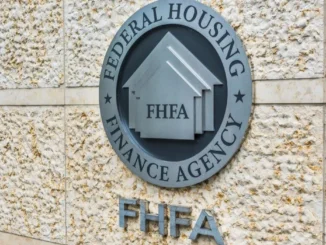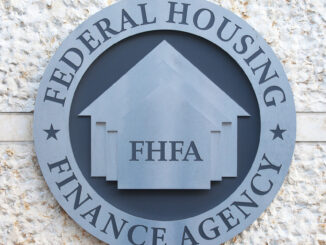
Government-sponsored enterprises Fannie Mae and Freddie Mac will allow borrowers facing financial hardships to defer up to six months of mortgage payments, the Federal Housing Finance Agency (FHFA) announced on Wednesday.
The option was previously available for borrowers who fell behind on their mortgage payments due to the financial impacts of the Covid-19 pandemic, but the enterprises will start offering it for those experiencing other eligible hardships.
The payment deferrals allow borrowers to keep the same monthly mortgage payment but move past-due amounts to the end of the loan. The late payments become a non-interest-bearing balance, due and payable at maturity, sale, refinance or payoff.
The FHFA estimates the GSEs completed more than 1 million Covid-19 payment deferrals during the pandemic. Expanding to more borrowers “will promote sustainable homeownership” and will “further support the safety and soundness of the enterprises,” it said.
“Based on the success of the Covid-19 payment deferral, we are making this solution a key part of our standard loss mitigation toolkit that is available to all borrowers with eligible hardships,” FHFA Director Sandra Thompson said in a statement.
The enhanced payment deferral has a voluntary adoption date of July 1. However, it will be mandatory by October 1.
Overall, federal agencies are working on expanding their loss mitigation toolkit to borrowers facing hardships other than the Covid-19 pandemic because rising interest rates and inflation are hitting some families hard.
In January, the Federal Housing Administration (FHA) announced that servicers will have to offer Covid-19 loss mitigation options to all eligible FHA borrowers who fall behind on their mortgage payments, regardless of their hardship reason.
The toolkit will be available 18 months past the mandatory effective date of April 30, but “servicers may begin offering these options to borrowers immediately,” according to the FHA.
Meanwhile, housing sector leaders are working on new solutions to the loss mitigation toolkit, including successors for the Covid-19 partial claim options.
Federal agencies are working on new solutions because the national forbearance plan and temporary Covid-19 recovery options deadline are slated to expire when the COVID-19 pandemic national emergency declaration ends. And, in January, the Biden administration revealed its plan to end the COVID-19 national and public health emergencies on May 11. (They were set to expire on March 1 and April 11, respectively.)
The Mortgage Bankers Association’s latest survey showed that the total number of loans in forbearance decreased by four basis points, dropping from 0.64% of servicers’ portfolio volume in January to 0.60% in February. The MBA estimates 300,000 homeowners are in forbearance plans.



